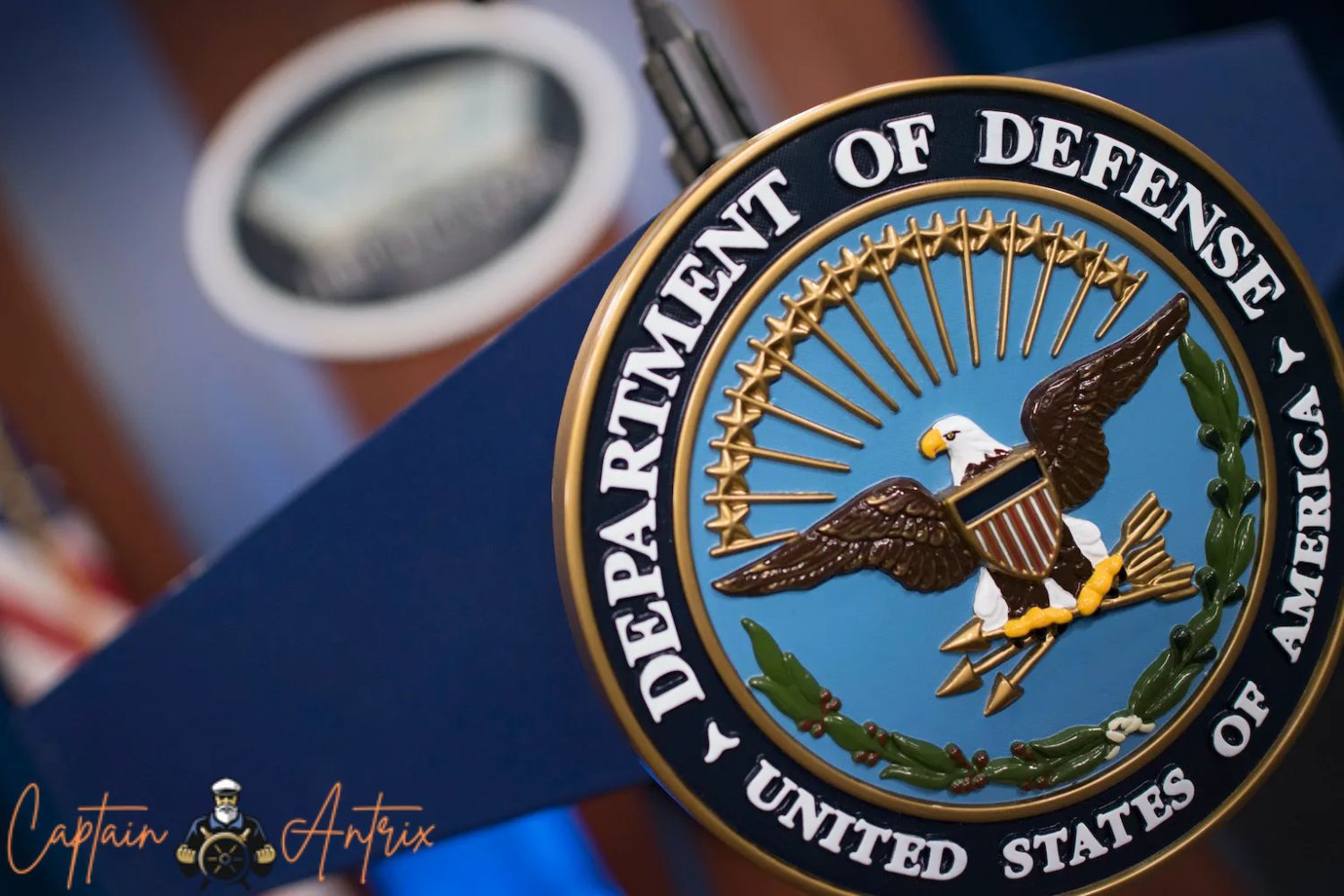
The Defense Department's Forward-Thinking Strategy for a Secure Future
The United States Department of Defense is on the cusp of introducing its groundbreaking "National Defense Industrial Strategy," scheduled for a December release. This innovative strategy serves as a comprehensive roadmap for the department, delineating its intentions to prioritize and modernize its industrial base, leveraging insights gained from events such as Russia's invasion of Ukraine. A senior official recently underscored the importance of this strategic approach in an ever-evolving global landscape.
Laura Taylor-Kale, who holds the position of Assistant Secretary of Defense for Industrial Base Policy, emphasized the necessity for a comprehensive overhaul during her address at the Professional Services Council's defense conference. She pointed to valuable lessons drawn from the experiences of the COVID-19 pandemic and the conflicts in Ukraine. These experiences highlighted the critical requirement for the defense industrial ecosystem to be nimble, cost-effective, and proficient in delivering the capabilities sought by the Department of Defense.
This pioneering strategy, the first of its kind for the Department of Defense (DoD), received its impetus from the Secretary of Defense and the Deputy Secretary of Defense earlier in the year. Its primary objective is to serve as a catalyst for a generational shift in the department's approach, steering its policies, programs, and investments over the next three years.
The strategy is organized around four pivotal focus areas:
1.Ensuring Resilient Supply Chains: In an increasingly interconnected world, the strategy underscores the critical importance of supply chain resilience, especially in the face of global disruptions.
2.Preparing the Workforce: Recognizing the indispensable role of a skilled and adaptable workforce, the strategy emphasizes the need to nurture and maintain a workforce that can meet the demands of the modern era.

4.Promoting Economic Deterrence and Security: This facet of the strategy acknowledges the symbiotic relationship between economic stability and national security. It concentrates on safeguarding the economic dimensions of defense for a more secure future.
Taylor-Kale reiterated that while the DoD is spearheading this endeavor, collaboration with diverse stakeholders, including both traditional and innovative, non-traditional suppliers, is paramount to the establishment of a robust, modernized industrial base.
The COVID-19 pandemic brought to light substantial vulnerabilities within supply chains, affecting everything from missiles to microchips and software. Deborah Rosenblum, former Assistant Secretary of Defense for Industrial Base Policy, emphasized that the pandemic laid bare critical shortcomings in the United States' industrial base and an excessive dependence on foreign manufacturing. Supply chain resilience, once regarded primarily as an economic priority, has now rightfully transitioned into a national security imperative.
The highly anticipated "National Defense Industrial Strategy" is set for release within the next six weeks. Its unveiling marks a pivotal step toward fortifying the nation's defense industrial base and securing a more resilient and adaptable future. Be prepared for the transformative influence it promises to deliver.
